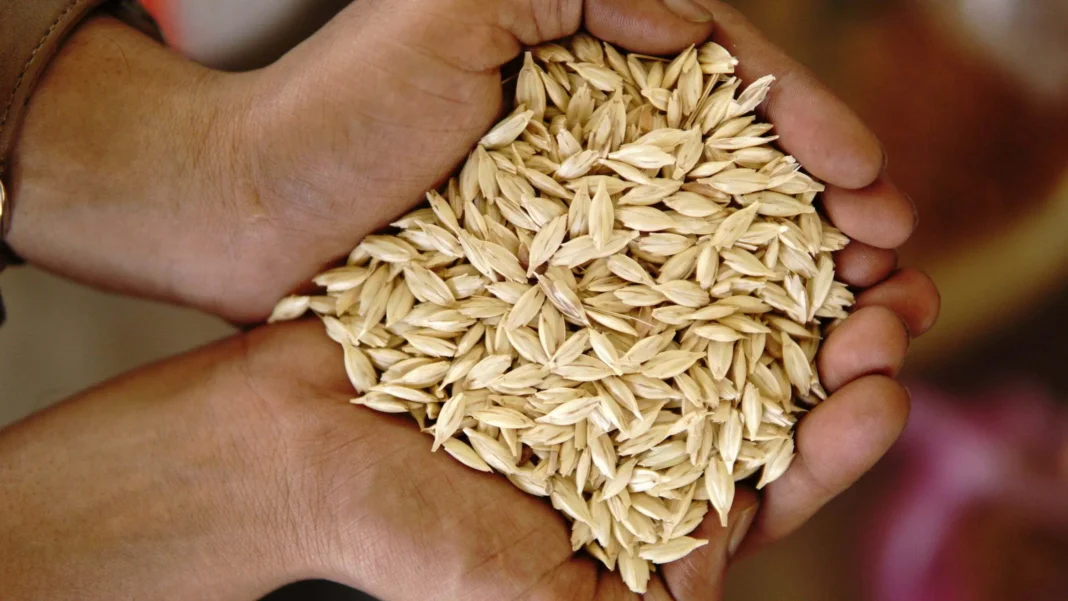Khapli wheat, also known as Emmer wheat, is gaining popularity as a nutritious and versatile grain with numerous health benefits. This ancient variety of wheat has been cultivated for thousands of years and is now making a comeback in modern diets due to its unique nutritional profile and culinary versatility. In this article, we delve into the origins of Khapli wheat, its health benefits, and why it’s garnering attention in the world of nutrition.
Origins and Characteristics:
Khapli wheat is a heritage grain that has been cultivated in India for centuries. It is characterized by its distinct nutty flavor, chewy texture, and high protein content. Unlike modern wheat varieties, Khapli wheat is a type of hulled wheat, meaning that the grain retains its outer husk, which provides additional fiber and nutrients.
Rich in Nutrients:
One of the key reasons for the growing popularity of Khapli wheat is its impressive nutritional profile. It is rich in essential nutrients, including protein, fiber, vitamins, and minerals. Khapli wheat is particularly high in dietary fiber, which promotes digestive health, regulates blood sugar levels, and supports weight management. Additionally, it contains significant amounts of iron, magnesium, and B vitamins, making it a nutrient-dense addition to any diet.
Gluten Content:
Despite being a type of wheat, Khapli wheat is often tolerated by individuals with gluten sensitivities or intolerances. This is because it contains lower levels of gluten compared to modern wheat varieties, making it easier to digest for some people. However, individuals with celiac disease or severe gluten allergies should still exercise caution and consult with a healthcare professional before consuming Khapli wheat or any other gluten-containing grains.
Versatile Culinary Uses:
Khapli wheat can be used in a variety of culinary applications, from baking bread and chapatis to making porridge, salads, and pilafs. Its nutty flavor and chewy texture add depth and complexity to dishes, making it a favorite among chefs and home cooks alike. Khapli wheat flour can also be used as a nutritious alternative to refined wheat flour in baking recipes, providing added flavor and health benefits.
Health Benefits:
In addition to its nutritional value, Khapli wheat offers several health benefits. Its high fiber content supports digestive health and may help prevent constipation, bloating, and other gastrointestinal issues. The presence of antioxidants and phytonutrients in Khapli wheat may also offer protection against chronic diseases such as heart disease, diabetes, and certain cancers. Incorporating Khapli wheat into a balanced diet can contribute to overall health and well-being.
Conclusion:
Khapli wheat is a nutrient-rich ancient grain with a wide range of health benefits and culinary uses. Its unique flavor, texture, and nutritional profile make it a valuable addition to any diet, offering an alternative to refined grains and modern wheat varieties. As awareness of the health benefits of Khapli wheat grows, it is likely to become increasingly popular among health-conscious consumers and food enthusiasts looking to explore new flavors and ingredients.
Source- Times of India



